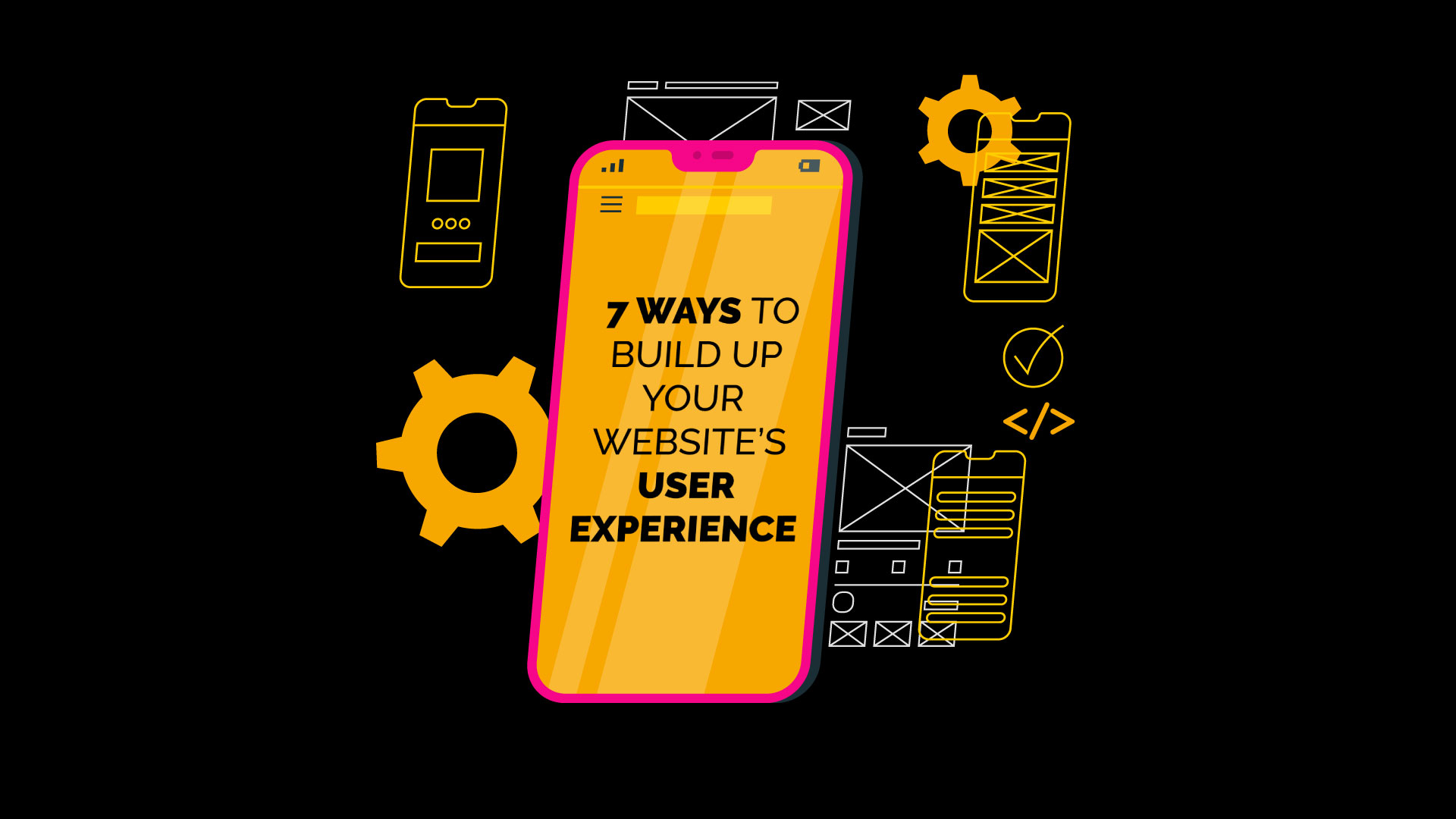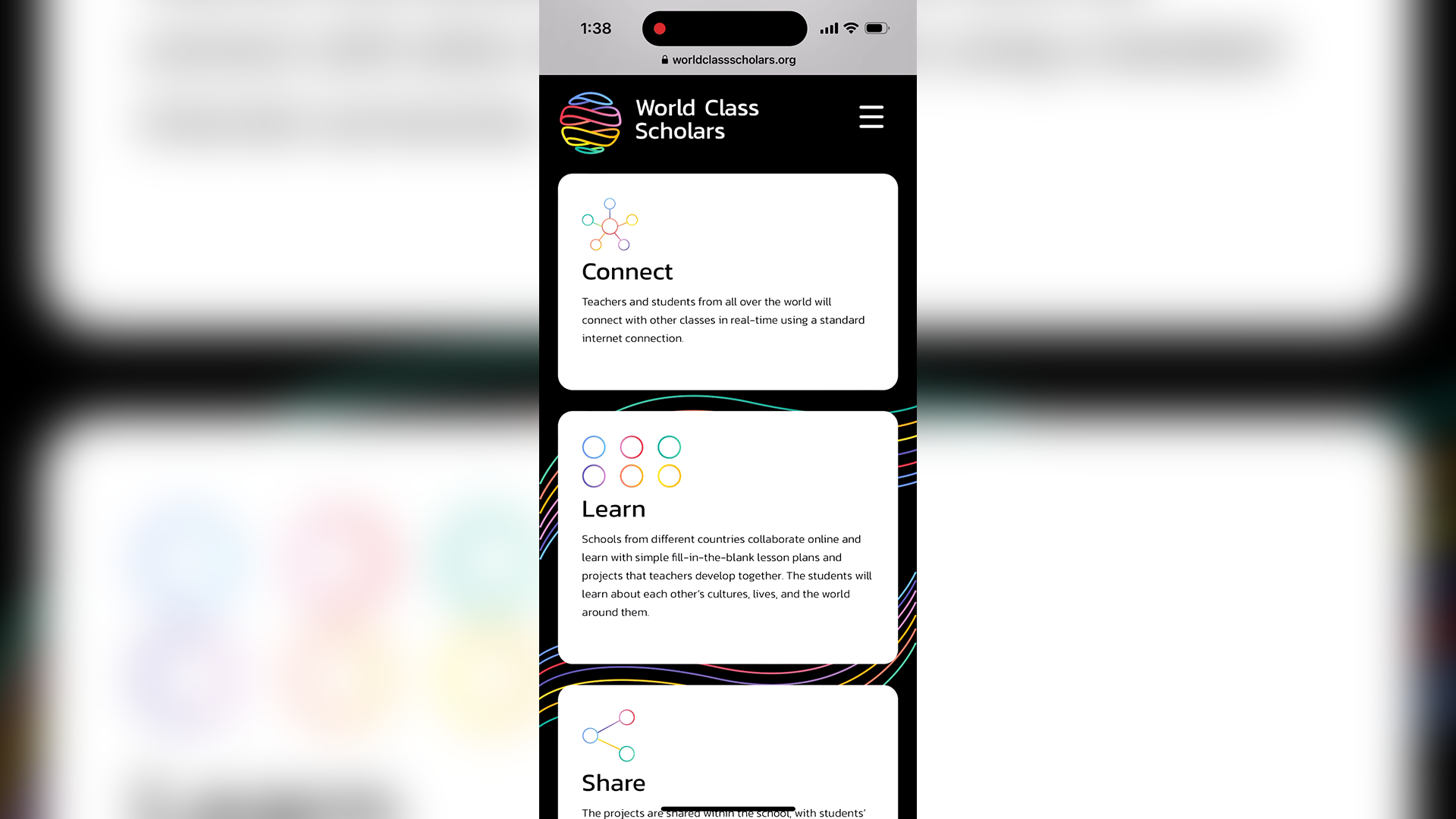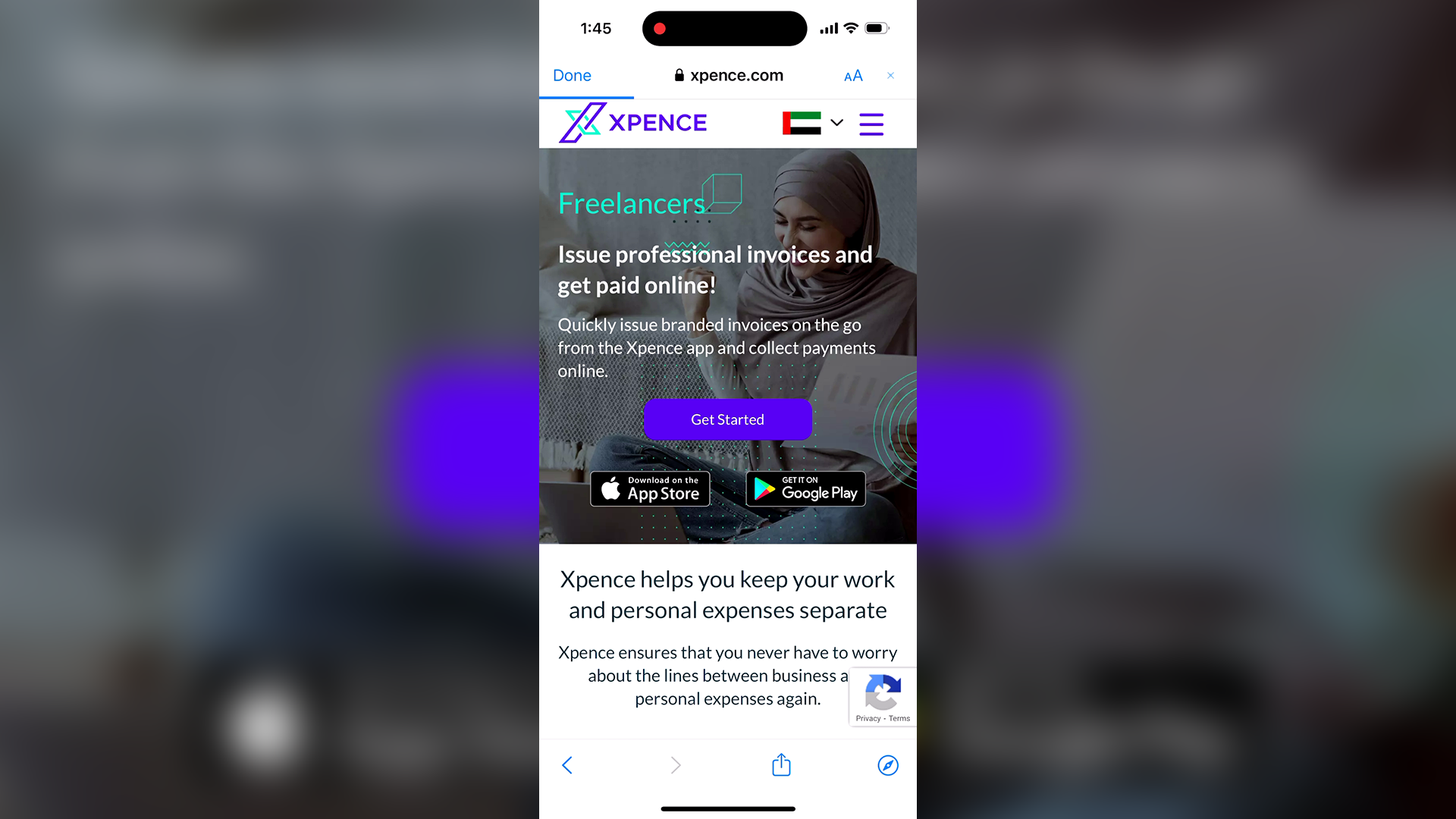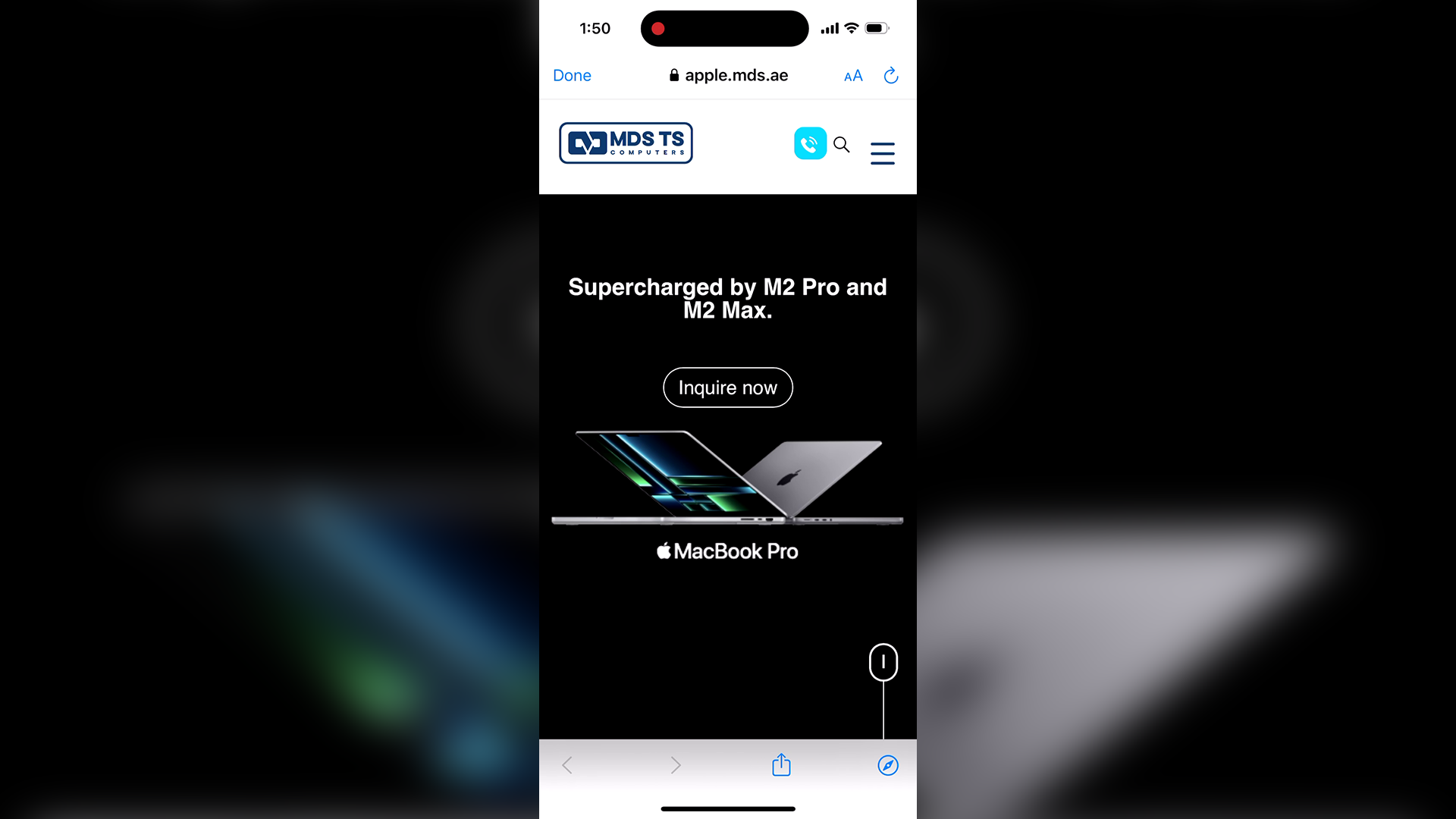
A successful online presence has the power to push your brand to new heights in ways you might not even be aware of.
In the land of the internet, a user can decide to love or leave your website in less than 1 second. And there are a lot of reasons why they might choose to ditch you. Conversely, there aren’t many better internet feelings than making your way through a website built with the user in mind. They’re not hard to spot, even if you aren’t a professional. A great user experience is easy to navigate, nice to look at and feels like your every need has been met. A fantastic app or website is the welcoming face of the business it’s supporting. Your 24/7 salesperson. It strikes the perfect balance of usability and visual gratification.
That’s why the User eXperience (UX) of your website should be nothing short of outstanding. If you’re building your website for the first time, there are many things to consider. Heck, even if your current website looked great at first, digital trends move at the speed of light, and what was fashionable a few years ago may appear tired and played out today. There’s never a wrong time to make sure your online presence is damn near perfect.
In this blog post, we’ll cover some essential design principles and best practices to follow when building a website that has a great user experience.
1. Know Your User
To target your audience, first you’ve gotta know who they are. What are your key demographics? What are their interests? More importantly, what are their needs? Start by having simple conversations with potential users. Create user personas and empathy maps to better understand your potential users. Evaluate your competitors to better understand your needs, or the needs of your product.
If you’re already established online, then you’re in a perfect position to seek out feedback from your current customers. What are their pain points and challenges? You’ll find that, when you put your audience at the center of your design, your user experience can only improve.
Don’t be afraid of a little constructive criticism, especially if you requested it. Every negative reaction is a chance to enact positive change.
2. Usability
There’s nothing your customers, and people in general, want more than easy access to the things they desire. Don’t let that desire out of your sight when designing your UX. Your website should be easy to use and logically constructed, so that visitors can effortlessly navigate to sections they want to visit. The last thing you want is for potential customers to get confused, annoyed and give up.
As they get familiar with your website, your users will generally be in search of a navigation bar. Don’t make it hard to find or difficult to navigate. A user-friendly website must be intuitive and, in many ways, predictive. Keep it simple!

3. Mobile-Friendly
If your website looks great on desktop, it should look just as great on a mobile device, especially since that’s where most of your users will be checking you out. A user experience must translate seamlessly across all platforms, while also retaining your core design and functionality. It doesn’t have to be identical to your desktop iteration, but feels as though it was cut from the same cloth.
Your mobile site must be constructed to fit on a tiny little screen, with no zooming in and out necessary to reach desired outcomes. Your local, Dubai-based UX design agency of choice will know this like the back of their hand, and push your website redesign in the right direction.
4. Color Choice
We’ve spoken previously on the psychological importance of great color choice in design and logos. The same holds true for your website, but with text readability factored in as well. Your website color choices should reflect the standards of your industry and be pleasing to the eye. And accessibility is just as important as image, in this case. Not only should your website be nice to look at, it should also be easily readable to any eye. Here is a great resource if you’re optimizing your accessibility.
As important as they are, color and image choices work in service to your text. Because your words are what most clearly communicate mission statements, product descriptions and intentions to your user, the last thing you need is a potential buyer being forced to strain their eyes to read through colors and visuals that distract.
5. Speed of Service
Your website’s loading speed is important in keeping users engaged and active. In this age of instant gratification, the speed of your site can greatly influence a customer’s opinion, but only if it’s slow. When web and mobile users load your site, they expect to see it instantaneously and can sour to your brand and lose interest if it doesn’t appear. If it loads as fast as they expect, they simply won’t notice.
There are a number of ways to check your loading speeds, some requiring a fee. Sites such as Google PageSpeed Insights and Uptrends will run diagnostics on your website and offer solutions and offer recommended paths and solutions if you aren’t operating at an optimal rate.

6. Content
UX writing is just as important as visuals. A great design gets users interested. Great content will keep them there. When you speak in a clear language your users can understand, they will feel as though they are being spoken directly to. Font choice, size and positioning are also very important to user comprehension. Your goal is to be clear, readable and never overwhelming.
And, when you demand that high-quality words are paired with high-quality images, the end result will be a website that will ably connect with your target audience.
Also, injecting a little appropriate humor never hurt anyone either.
7. Whitespace
Similar to the use of negative space in photography and painting, using whitespace on your website gives viewers a chance to catch their breath and process information. It’s the area between different elements on your site that helps people compartmentalize and differentiate between sections.
You can use whitespace to create a visual hierarchy to your content and add simplicity. Oh, and it doesn’t have to be white, it just has to be space, in case there was some confusion.

A great user experience design will connect with your audience, while also using your platform to its fullest potential. We’re a UX design agency in Dubai, and we’ve built a lot of websites in our time. Our goal for each new task has always been to connect companies with their desired audience in the best way possible, and that should be your website’s goal too!
Your website should be the polished, welcoming face of your company, and the initial introduction to a majority of future customers and clients, and it needs a user experience to match. The result of research, consideration, artistry and a whole lot of love.